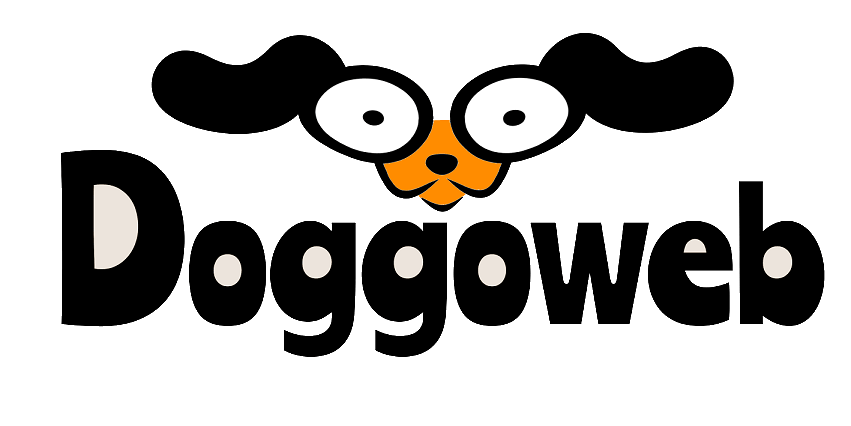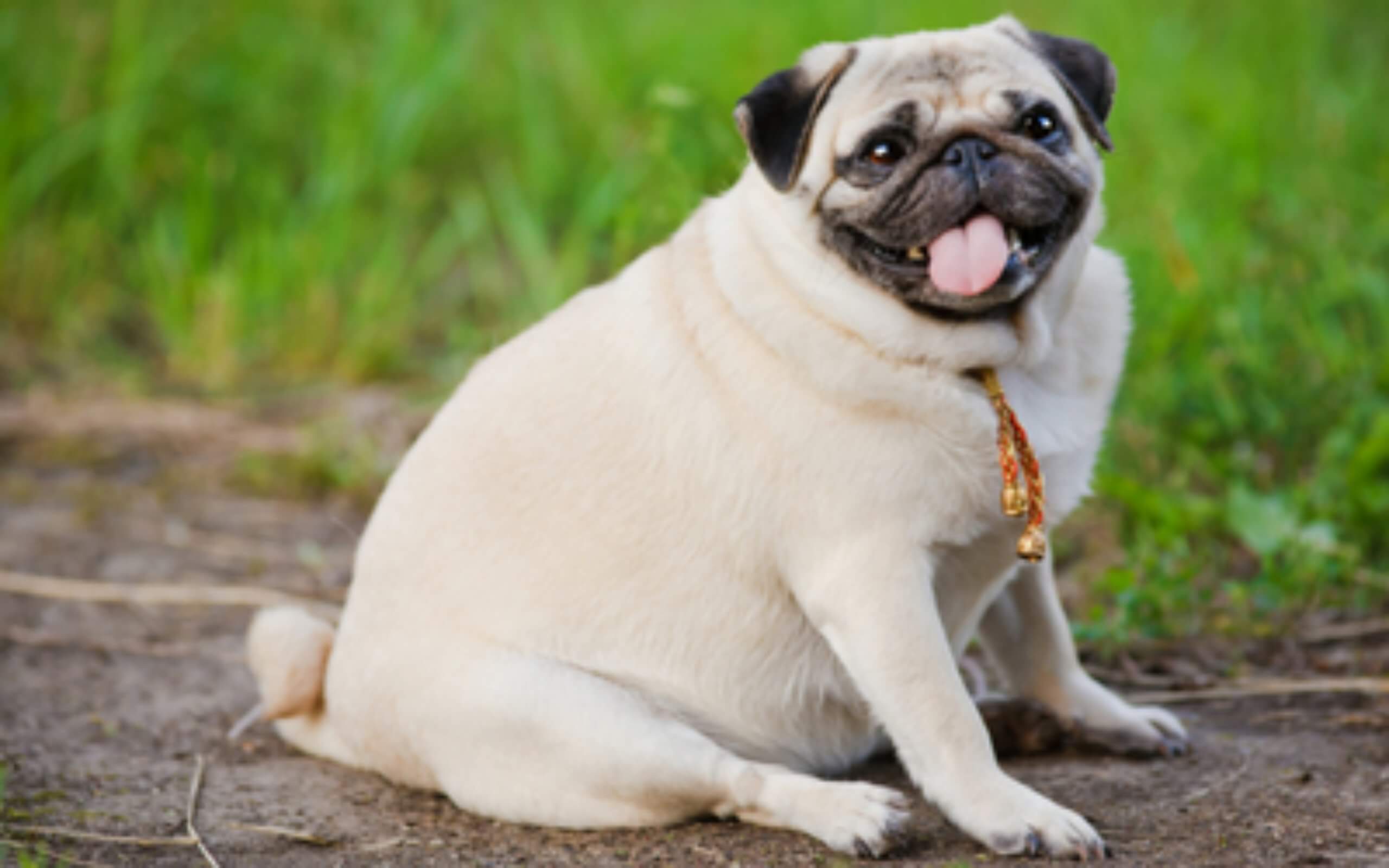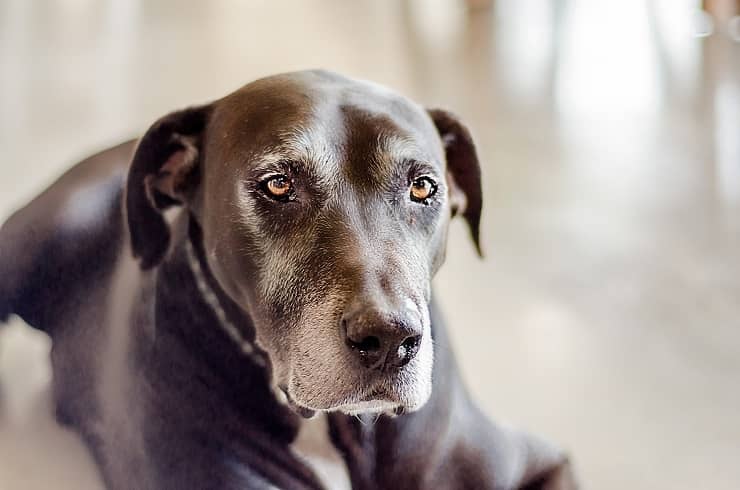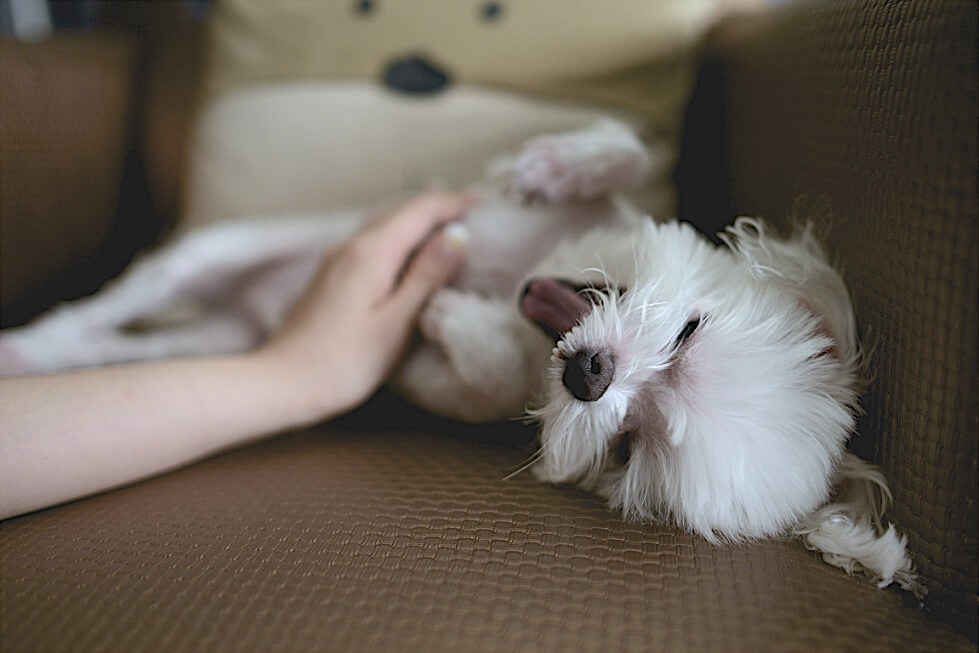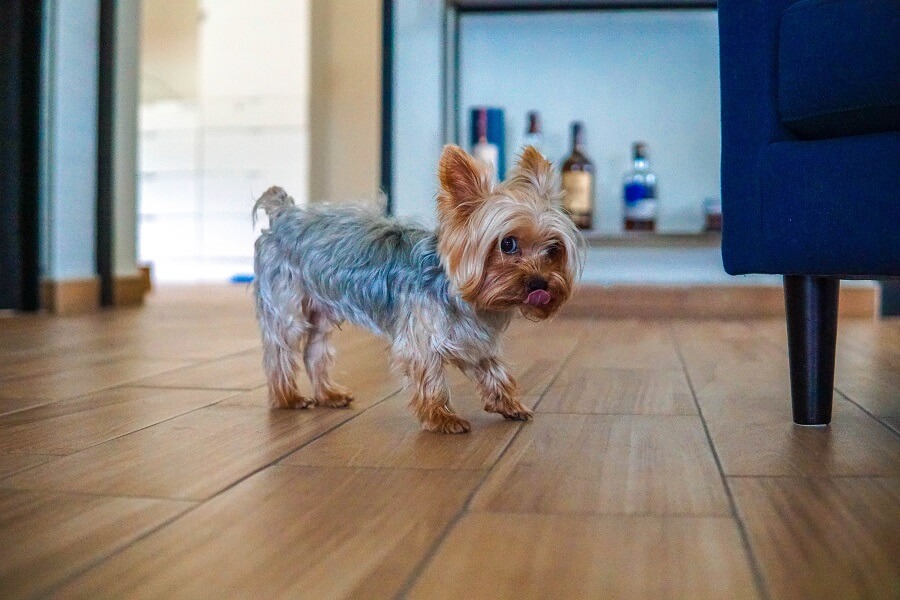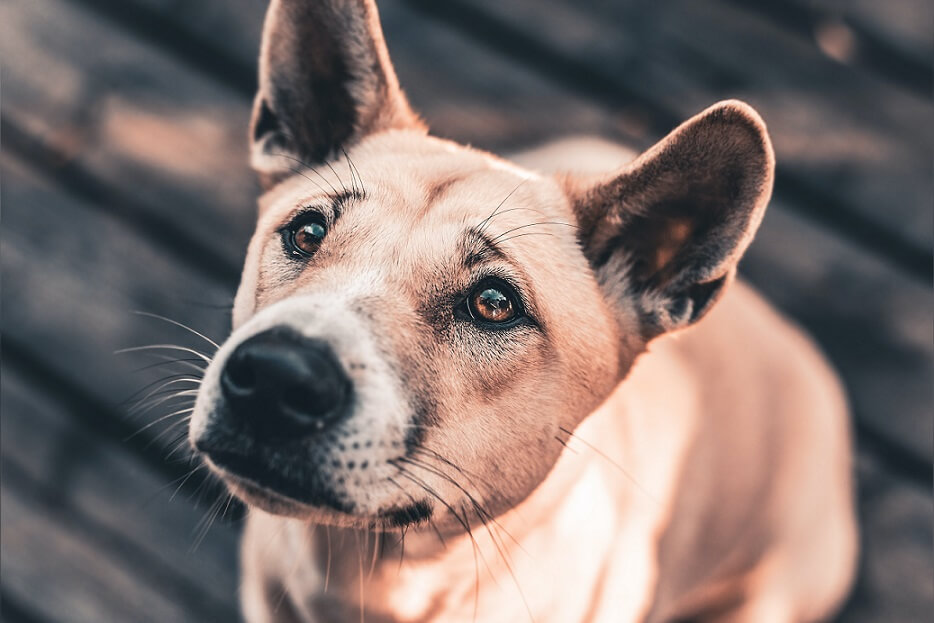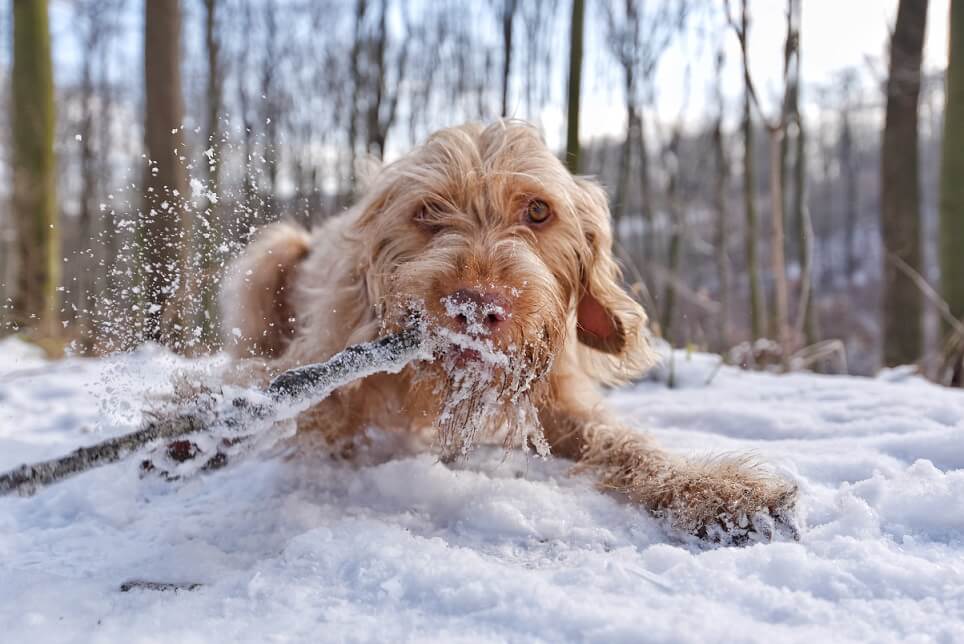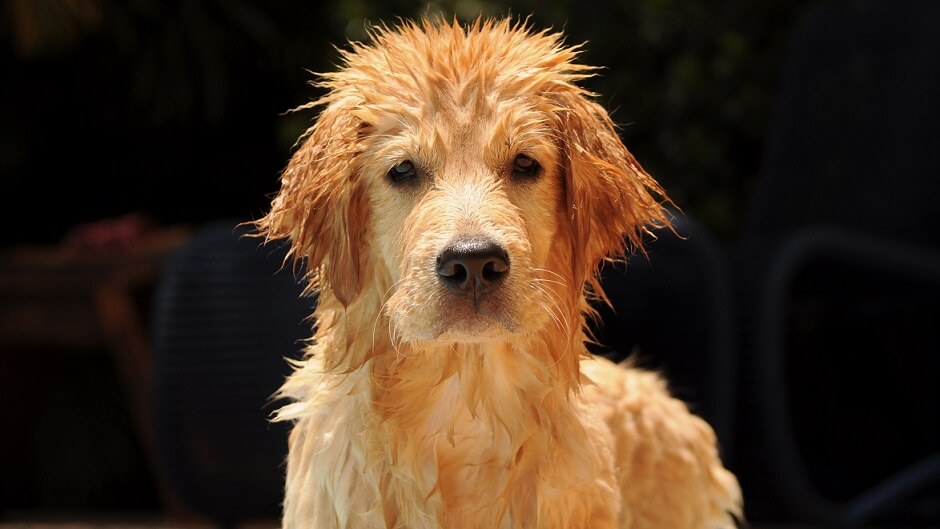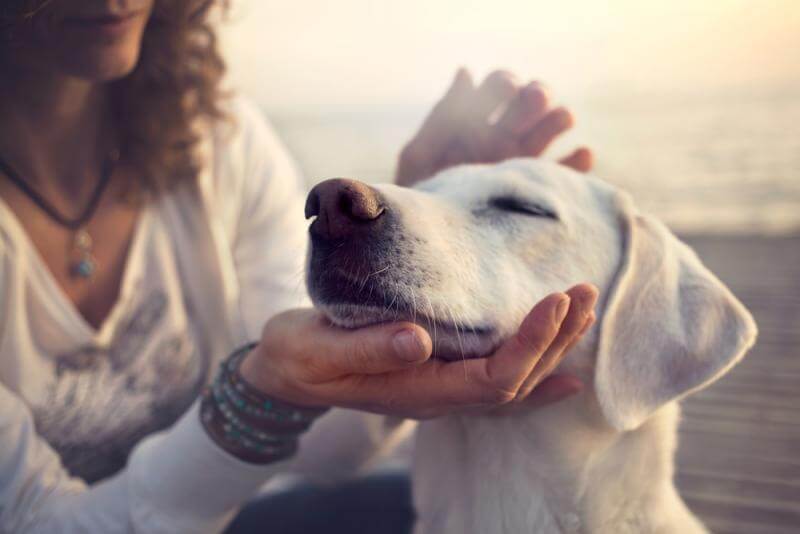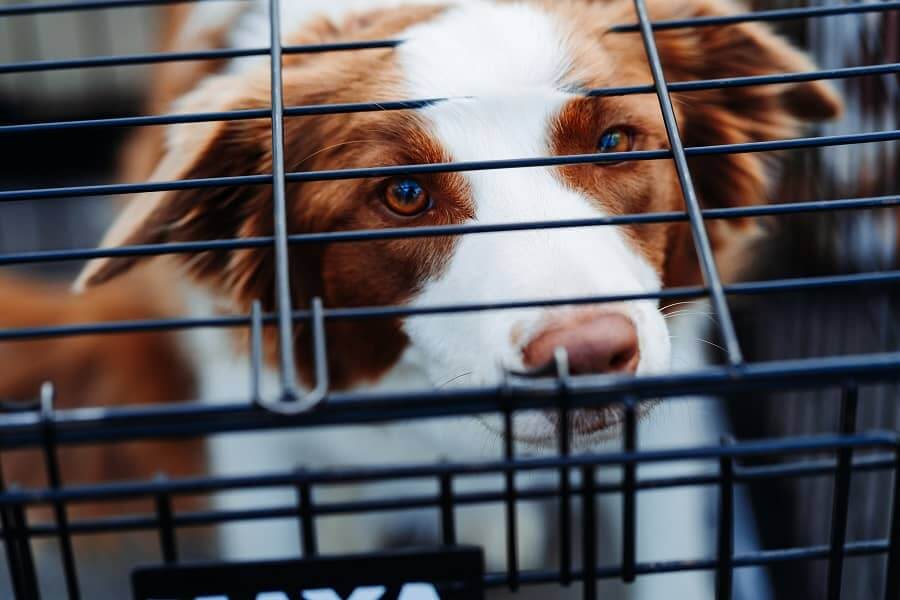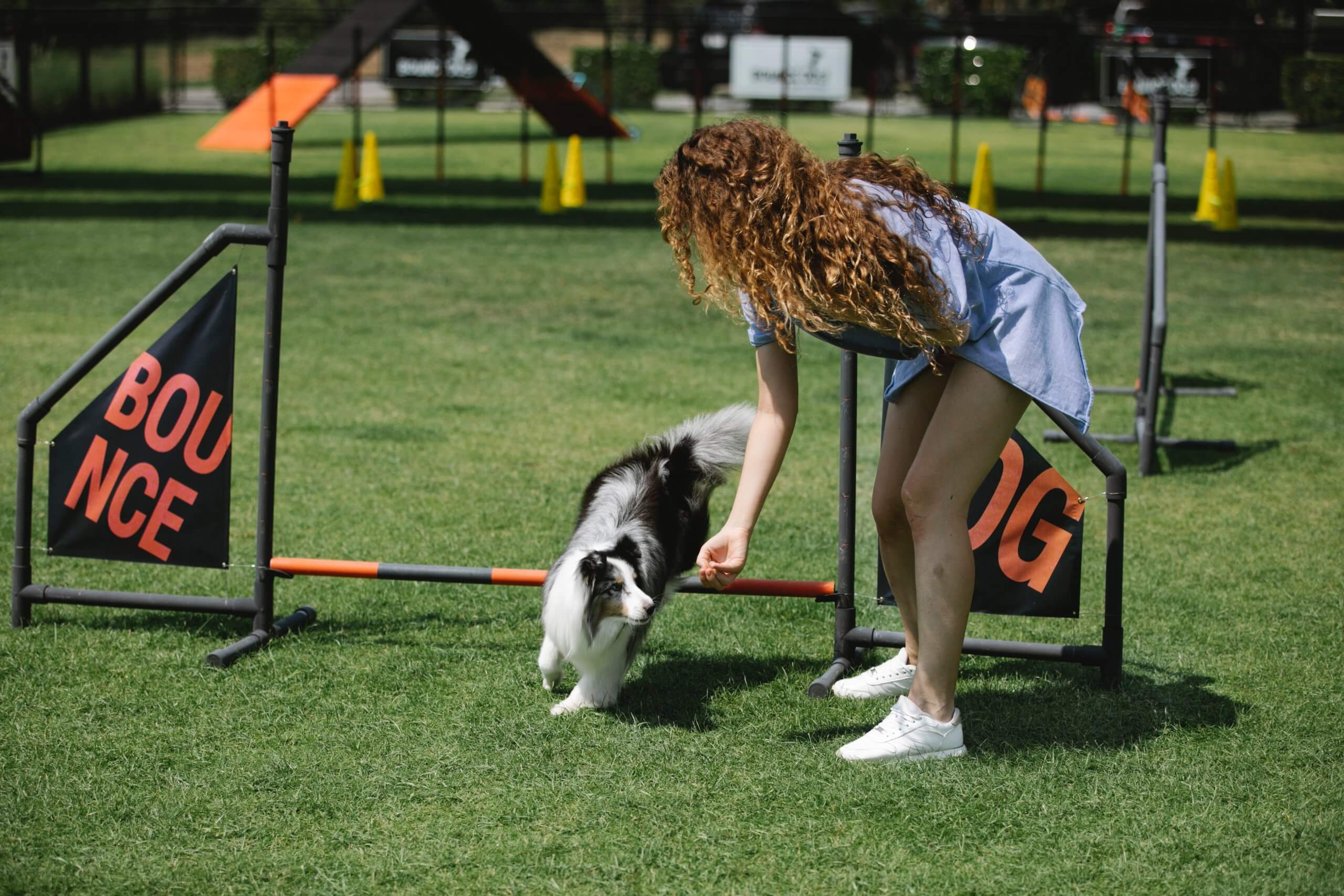How To Avoid Dog Obesity Introduction:
How To Avoid Dog Obesity: In today’s world, obesity or being overweight are the leading causes of disease in dogs. Being overweight exposes a dog to a variety of risks, including a shortened lifespan and an increased risk of experiencing injury. The encouraging news is that it is possible to prevent gaining an unhealthy amount of weight. Even if a dog is overweight or obese, it is still possible to heal the sickness, return the dog’s body to its normal state, and lengthen the dog’s life expectancy.
It is widespread for dogs to be overweight:
Many things about modern life make it more likely for dogs to be overweight. Most dogs don’t have jobs anymore and don’t take care of cows or sheep, hunt or bring back game, or look for hikers who got lost in the woods. Also, most dog owners have to work every day, making it hard for their dogs to get enough exercise outside. Also, when dogs can eat whenever they want (because the food bowl is left out all day), it’s easy for them to eat more calories than they need.
When pets eat more calories than they burn off, they gain weight. These extra calories get stored as fat in the body. A dog’s number of fat cells is set when they are a puppy, and each cell can grow or shrink depending on how much fat it stores. Once they are made, fat cells are always there. So, overweight puppies have a more challenging time keeping their weight steady or losing it as adults, and they are more likely to be obese. So, stopping kids from getting fat at a young age is very important.
Overweight pets are more likely to get skin infections, high blood pressure, heart disease, a weakened immune system, diabetes mellitus, joint and bone problems, and some types of cancer. There may also be more risks with surgery and anesthesia.
Here are some excellent how to avoid dog obesity:
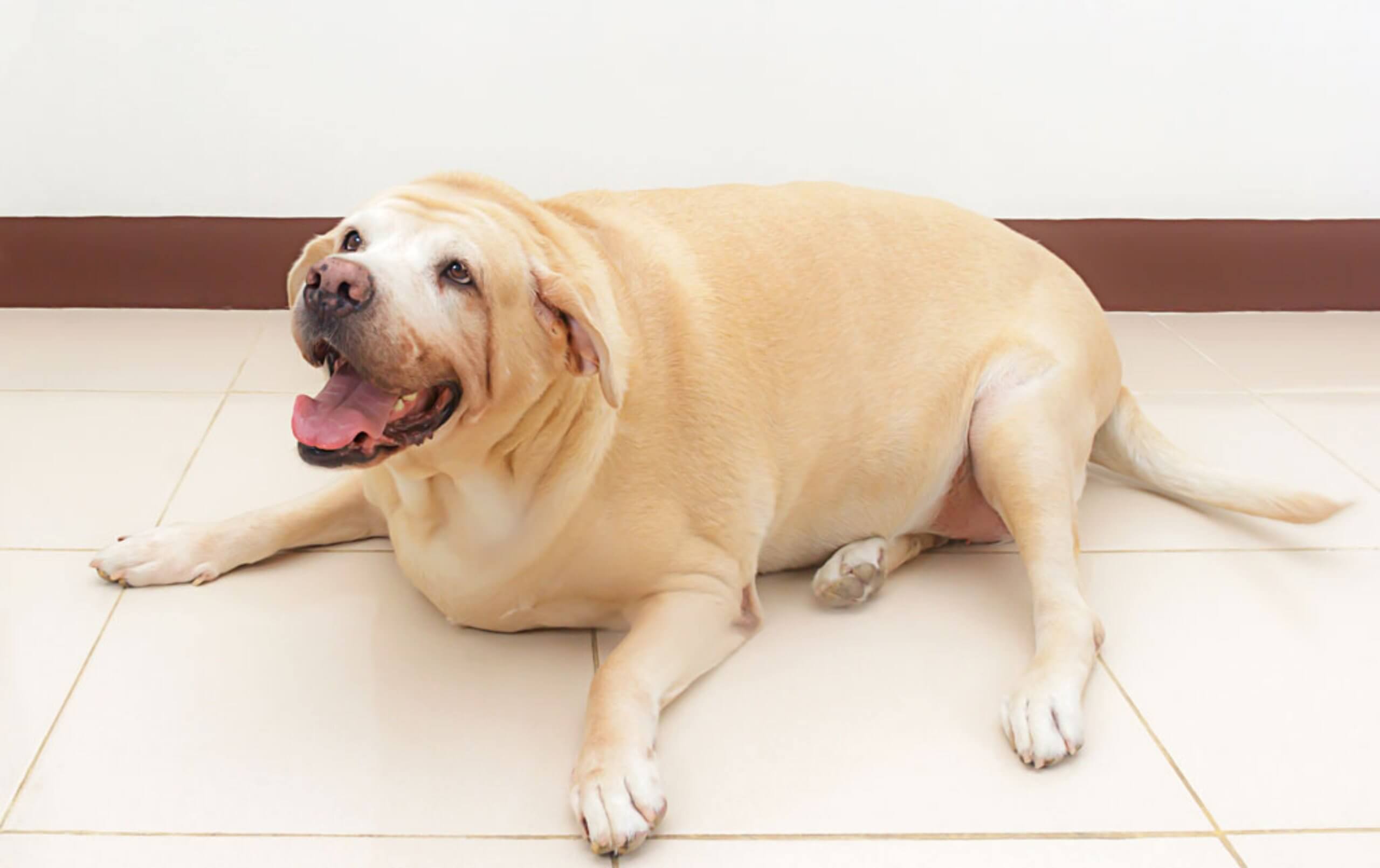
The treatment of obesity should focus on assisting patients in losing weight in order to improve their health and prolong their lives. You are able to accomplish this by lowering the total number of calories that your dog consumes on a daily basis and encouraging them to engage in more physical activity.
1. Choose the right food:
Talk to your vet about what food is best for your dog. Instead of dog food that can be used for all kinds of dogs, puppy food should be made for their age and nutritional needs. Large-breed puppies, in particular, need a different mix of nutrients than small-breed puppies to grow more slowly and lower their risk of developing orthopedic problems later in life.
Your vet can tell you when it’s best to switch your puppy to adult food. Because adult dogs have different needs than puppies, food made for puppies is not the best choice. Senior dogs are at a different stage of life and need a different kind of food to stay healthy. Also, dogs with specific health problems or diseases need to eat particular foods.
2. Portion control:
You have a responsibility to keep track of the amount of food that your dog consumes on a regular basis. The amount of food that a dog requires is typically exaggerated on the packaging of the food. In order to determine the appropriate amount of food for your dog, you should consult with your veterinarian and then take their recommendations into account.
3. Set a time for meals:
Make regular mealtimes, and then commit to eating at those times on a consistent basis. Dogs quickly figure out the conditions under which they can get food and those under that they can get it on their own. Because of this, the amount of time spent performing what we may loosely refer to as begging is reduced.
4. If at all possible, use feeding toys that your pet can play with:
These would be toys that can help dogs work for their food by giving them something fun to do. Dogs consume their food far more slowly than humans do, which results in them burning more calories over the course of the day.
5. Increase how much exercise your dog gets:
If you want your dog to lose weight, you should get him to move around more. Try taking your dog for two 15-minute walks on a leash daily and playing games like “fetch.” There are many ways to make a walk with your dog fun and interesting for both of you.
Before starting an exercise program, talk to your vet to ensure your dog doesn’t have any health problems caused by being overweight, like arthritis or heart disease, that could make exercise hard.
6. Obesity Diet:
Your vet can help you make a diet plan, an eating schedule, and a recommendation for how many calories you should eat daily. Because the protein in the diet speeds up the metabolism and makes the body use more energy. Dogs that need to lose weight should eat foods that are high in protein and fiber but low in fat.
Protein also makes your dog feel full, so it won’t get hungry again soon after eating. Dietary fibre, like protein, makes dogs feel full after eating, but it doesn’t give them much energy.
7. Have a good time!
When people are bored, they are more prone to sit about and accomplish nothing. In addition to that, it may cause your pet to consume an abnormally large amount of food. Make an effort to locate activities that you and your dog or cat may participate in together. Playing with them on a regular basis should be your number one priority if you want to keep them happy. Be sure to give your pet a treat in a responsible manner. Consuming sugary foods is a great deal of fun.
8. Being responsible keeps us on track:
By having your dog weighed on a regular basis at the veterinarian’s office, you will be able to document in his medical records his current weight as well as his physical condition score. Early observation of up or down trends enables tiny adjustments to be made to feeding, and it is always easier to make small adjustments than major ones.
9. Lose weight:
Your dog needs to lose weight badly. Your pet’s life will be better in several ways if it loses weight. It can help lessen or eliminate the need for some medicines to treat medical conditions, improve heart health, make you more athletic, and decrease or eradicate joint stress (significant for pets with arthritis). Dogs who were just slightly overweight lived almost two years longer than dogs who always stayed at their ideal weight. Also, they’ll feel much better!
What makes a pet fat, and what are the risks to its health?
How To Avoid Dog Obesity: The most common medical cause of obesity in dogs is hypothyroidism. To diagnose this disorder, you need a full blood panel, which includes a thyroid level and other tests. If an overweight dog with hypothyroidism is not treated, it will be hard for them to lose weight, and they will be more likely to get other diseases related to hypothyroidism.
The extra weight makes the joints of a dog hurt more. When the cartilage in a joint breaks down, this is called arthritis. We can give you painkillers, but losing weight will help you much more. Your dog’s life can be cut short by up to two years if it is too fat. The quality of life has also gone down. Overweight dogs take longer to get up and down, get out of breath or tired quickly and don’t play as much.
High blood pressure and heart disease can be caused by being too heavy, and it can also make it hard to breathe. When a dog is overweight, its trachea and larynx are more likely to collapse and become paralyzed. If these problems with the airways aren’t fixed, they can lead to a deadly respiratory crisis.
Extra skin folds on overweight dogs can irritate the skin and let bacteria in. Scratching, body odour, and red skin are all things that could happen. Most overweight dogs have a coat that looks unhealthy because it’s hard, if not impossible, for them to groom themselves.
During anesthesia, the heart and lungs of overweight and obese dogs have to work harder. The dog has trouble breathing because he can’t get his chest out far enough. Dogs often get too much or too little sleep. Also, after surgery, obese dogs may take a long time to get better.
How To Avoid Dog Obesity Conclusion:
Make an appointment with your family vet to discuss a program to help your dog lose weight. You don’t need a miracle to lose weight; eat less and move more. If you stick to a well-balanced diet to lose weight, you will eat less. Treats and “people food” should also be limited. But unless your vet tells you to, you shouldn’t cut back on the amount of food. Too much food is just as bad for a pet as not enough food.
